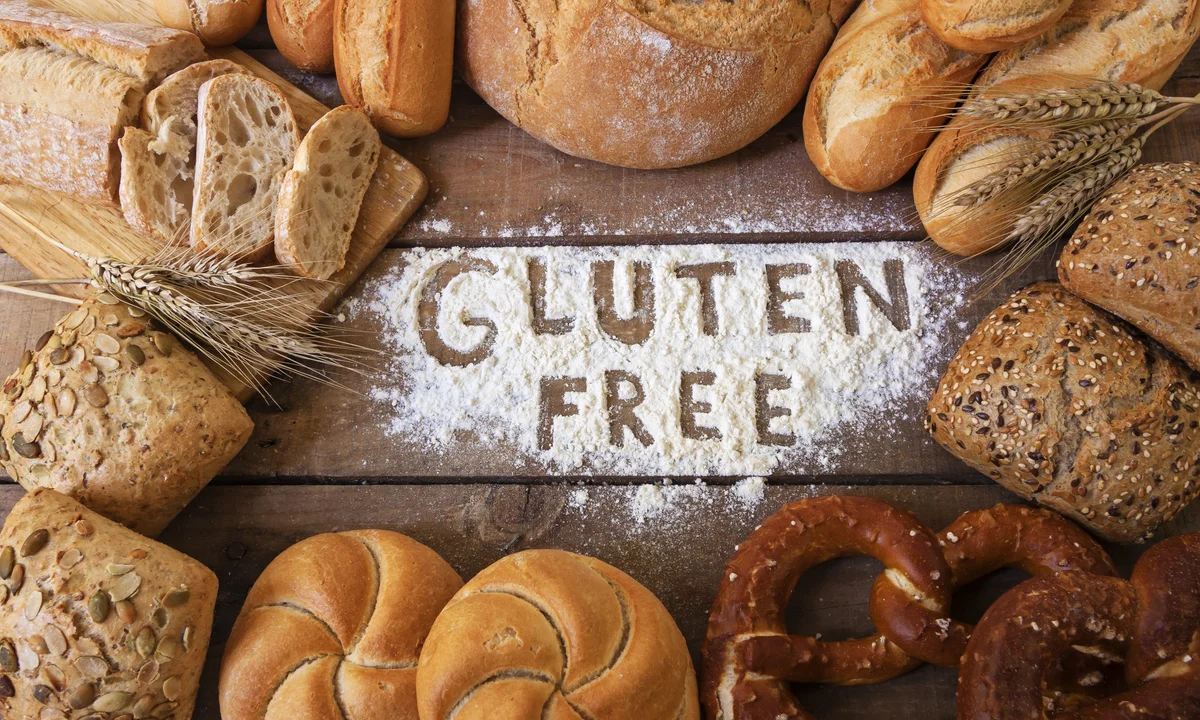Over the past decade, gluten-free diets have taken center stage in the health and wellness world. What once started as a medical necessity for a small group of individuals has transformed into a widespread lifestyle choice. In 2025, the gluten-free movement continues to gain momentum, not just among those with medical conditions but also among individuals seeking cleaner eating, better digestion, and improved overall well-being.
Understanding Gluten: What It Is and Where It Hides
Gluten is a group of proteins primarily found in wheat, barley, and rye. It gives dough its elasticity and helps baked goods maintain their shape. You’ll find gluten in obvious foods like bread, pasta, and baked treats—but also in unexpected items like soy sauce, processed meats, salad dressings, and even some cosmetic products. As our understanding of food sensitivities and intolerances deepens, more people are reading labels and opting for gluten-free alternatives.
The Real Benefits of Gluten — And Why It’s Not the Enemy for Everyone
Before we completely villainize gluten, it’s important to understand that gluten is not inherently harmful for most people. In fact, gluten-containing whole grains like wheat can offer a range of nutritional benefits, including fiber, B vitamins, iron, and antioxidants. For individuals without gluten intolerance, these nutrients play a role in maintaining a healthy gut, reducing cholesterol, and promoting heart health.
So, who truly needs a gluten-free diet? Primarily, those diagnosed with celiac disease, a serious autoimmune disorder where gluten consumption damages the small intestine. Additionally, people with non-celiac gluten sensitivity or wheat allergies may also experience digestive discomfort, fatigue, or inflammation when consuming gluten. For this population, gluten-free living isn’t a trend—it’s a necessity. However, more people are realizing they feel great without gluten, even without a clinical diagnosis, prompting a broader adoption of this eating style.
The Rise of the Gluten-Free Lifestyle: More Than Just a Fad
Today, gluten-free living is no longer limited to niche health food stores. Supermarkets offer aisles of gluten-free products, and restaurants are catering to the demand with labeled menus and certified options. From gluten-free sourdough to chickpea pasta, there are endless options for those seeking alternatives.
The phrase “Great Without Gluten” has become a rallying cry for health-conscious consumers who discover clearer skin, better digestion, less bloating, and improved energy levels after making the switch. While results vary, many report that eliminating gluten brings mental clarity and fewer mood swings—a perk that goes beyond the physical.
Navigating the Gluten-Free Transition
Starting a gluten-free diet can be challenging. Many processed gluten-free foods are heavily refined and may lack essential nutrients like fiber and protein. To ensure a balanced diet, it’s crucial to focus on naturally gluten-free whole foods such as:
- Fruits and vegetables
- Lean proteins (chicken, fish, eggs, legumes)
- Gluten-free whole grains (quinoa, brown rice, millet, buckwheat)
- Healthy fats (avocados, nuts, olive oil)
It’s also vital to check food labels for hidden gluten ingredients. Phrases like “modified food starch,” “hydrolyzed wheat protein,” or even “natural flavorings” can signal gluten content. Look for certified gluten-free labels, and when eating out, communicate clearly with restaurant staff about your dietary needs.
Common Myths About Going Gluten-Free
There are several misconceptions about gluten-free diets, and it’s important to set the record straight:
- Myth 1: Gluten-Free Is Automatically Healthier – Not always. A gluten-free cookie is still a cookie. It’s essential to focus on nutrient-dense foods rather than relying on processed substitutes.
- Myth 2: Gluten-Free Means Weight Loss – While some people lose weight due to cutting out processed carbs, others may gain weight due to high-calorie gluten-free alternatives. Weight changes depend on overall diet and lifestyle, not just gluten.
- Myth 3: Only Celiac Patients Benefit from Gluten-Free – Not true. Many people with IBS, autoimmune diseases, or inflammatory conditions notice symptom relief with gluten removal.
The Future of Gluten-Free in a Tech-Driven Food World
The rise of technology in food production means we’re now seeing gluten-free versions of everything from pizza crusts made with cauliflower to lab-grown wheat alternatives. As consumers grow more mindful of what goes into their bodies, brands are stepping up their game to meet these demands with clean, functional ingredients.
In 2025, the gluten-free movement is no longer about deprivation. It’s about choice, awareness, and personalization. Whether you’re managing a health condition or simply exploring how to feel your best, removing gluten could be a step toward optimal wellness.
Final Thoughts: Is Gluten-Free Right for You?
A gluten-free diet isn’t a magic bullet, but for those who need it—or discover they feel better without gluten—it can be life-changing. The key is to approach the diet mindfully, making sure to replace gluten with nutritious whole foods and staying educated about food labels.
Whether you’re medically required to follow this path or simply experimenting with what makes you feel good, remember: you don’t have to miss out on flavor, variety, or satisfaction. In fact, many would argue they feel Great Without Gluten—and you just might, too.
Keep an eye for more latest news & updates on Touch Cric!

